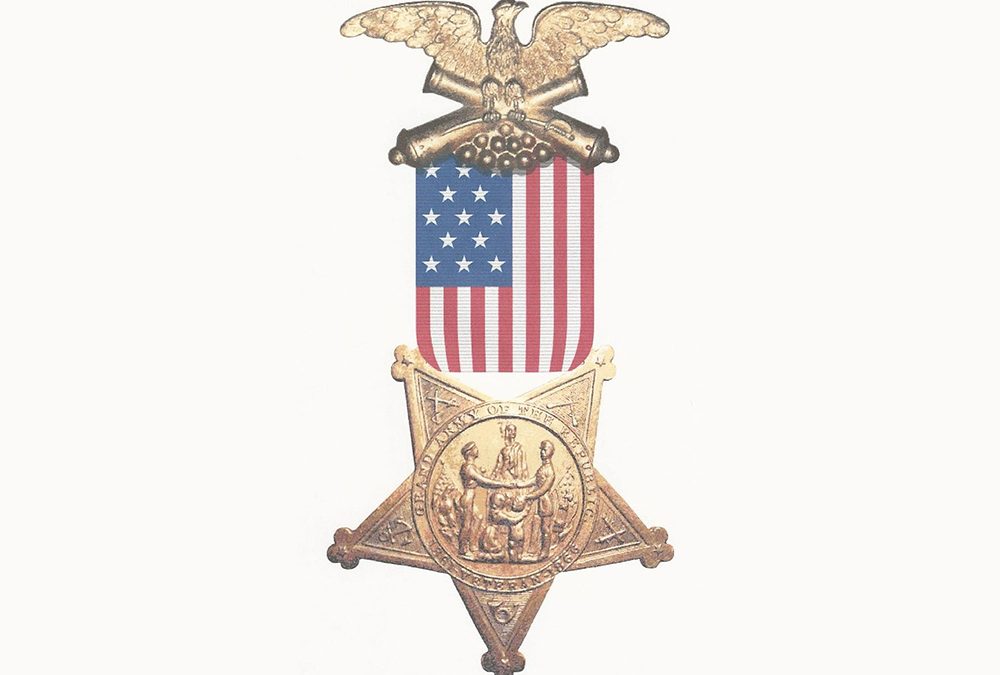Despite the devastating impact the Civil War had on those who participated in it, when the war was over veterans were eager to find a vehicle for retaining the camaraderie created during the conflict. In April 1866 all Union veterans who served in the Union Army, Navy, Marines, and the Revenue Cutter Service were eligible to join the Grand Army of the Republic (G.A.R.). Founded in Springfield, Illinois, this national organization was one of the first advocacy groups in America, and soon took up causes of patriotic education, veteran pensions, voting rights for black veterans, and efforts to make Memorial Day (or Decoration Day) a national holiday. Its Confederate equivalent was the United Confederate Veterans (UCV) organized in 1889 and headquartered in New Orleans, Louisiana.
The G.A.R. organization was composed of “posts” in local communities. Under the credo “Fraternity, Charity and Loyalty,” it first promoted networking and connections among members, then later exercised its substantial political power in the election process. Closely associated with the Republican Party for years, the G.A.R. floundered during the 1870’s when Republican commitment to reform during the Reconstruction period decreased.
In the 1880’s the G.A.R., saw renewed growth as it took on Federal pension advocacy for Union veterans. During this period, black veterans joined the organization in great numbers, however, the national organization did little to push for pensions for former black soldiers. Most black troops received no pension or compensation for service or wounds received while serving in the Union Army. At its peak membership level in 1890, the G.A.R. had over 400,000 veteran members. Members wore military-style uniforms and were eligible to wear hat badges, and distinctive G.A.R. medals. Deceased members’ families received G.A.R. grave markers as recognition of the veteran’s service in the Civil War.
G.A.R. members included U.S. Presidents: Ulysses S. Grant; Rutherford B. Hayes; James A, Garfield; Benjamin Harrison; and William McKinley. Two women were also granted admission for their service: Kady Brownell of Rhode Island, and Sarah Emma Edmonds who served with the Michigan Infantry.
A brother organization, the Military Order of the Loyal Legion (MOLLUS), was formed in April 1865 following the assassination of Abraham Lincoln. Fearing a conspiracy by Southern sympathizers, Union officers established an organization to counter any such move. MOLLUS was patterned after the Society of Cincinnati and was limited to commissioned officers who had served in the Union forces during the war. At its peak, MOLLUS had a membership of 12,000 former Civil War officers. With the death of the initial group of members, hereditary membership has kept the organization in existence to the present day.
Grand Army of the Republic medal courtesy of the G.A.R. Fraternal and Charitable Organization.
Source provided by: The Military Order of the Loyal Legion of the United States website; The Grand Army of the Republic website.

Recent Comments